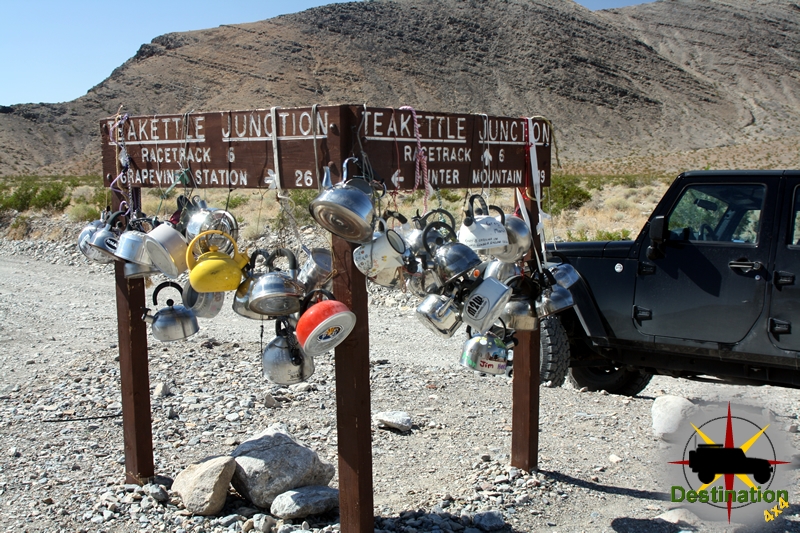
Goblin Valley is located in Utah is a state park and campground which is adjacent to eroded flood plain. Formed by water, time and a soft sandstone, erosion sculpted the limestone into unique rock formations which some have stated appears to be goblins. The Goblin Valley itself is a day use hiking area which allows one to get lost in the maze of spires and rock formations.

Each rock spire ranges in height from 3 feet to about 20 feet tall. The fragile structures litter the landscape and sadly on occasion have been felled by people who do not have respect for nature. There are three established self, however the Valley of the Goblins is a open trail flat mud plane after a easy and short trail down from the parking area.
Goblin Valley State Park does offer an established campground of 22 campsites just over a hill from the Valley of the Goblins. The campground features, paved sites, bathrooms, showers, water and dump stations. The campground is very popular destination due to location next to Goblin Valley and is also a wonderful centralized base camp location for exploring the San Rafael Swell.

We stated in Goblin Valley in the off season several years ago. We were greeted with lots of camp sites available, privacy and a minor wind and rain storm. Despite the less then desirable conditions, we enjoyed our stay and will try to make it back again in the future.
Continue Reading →







